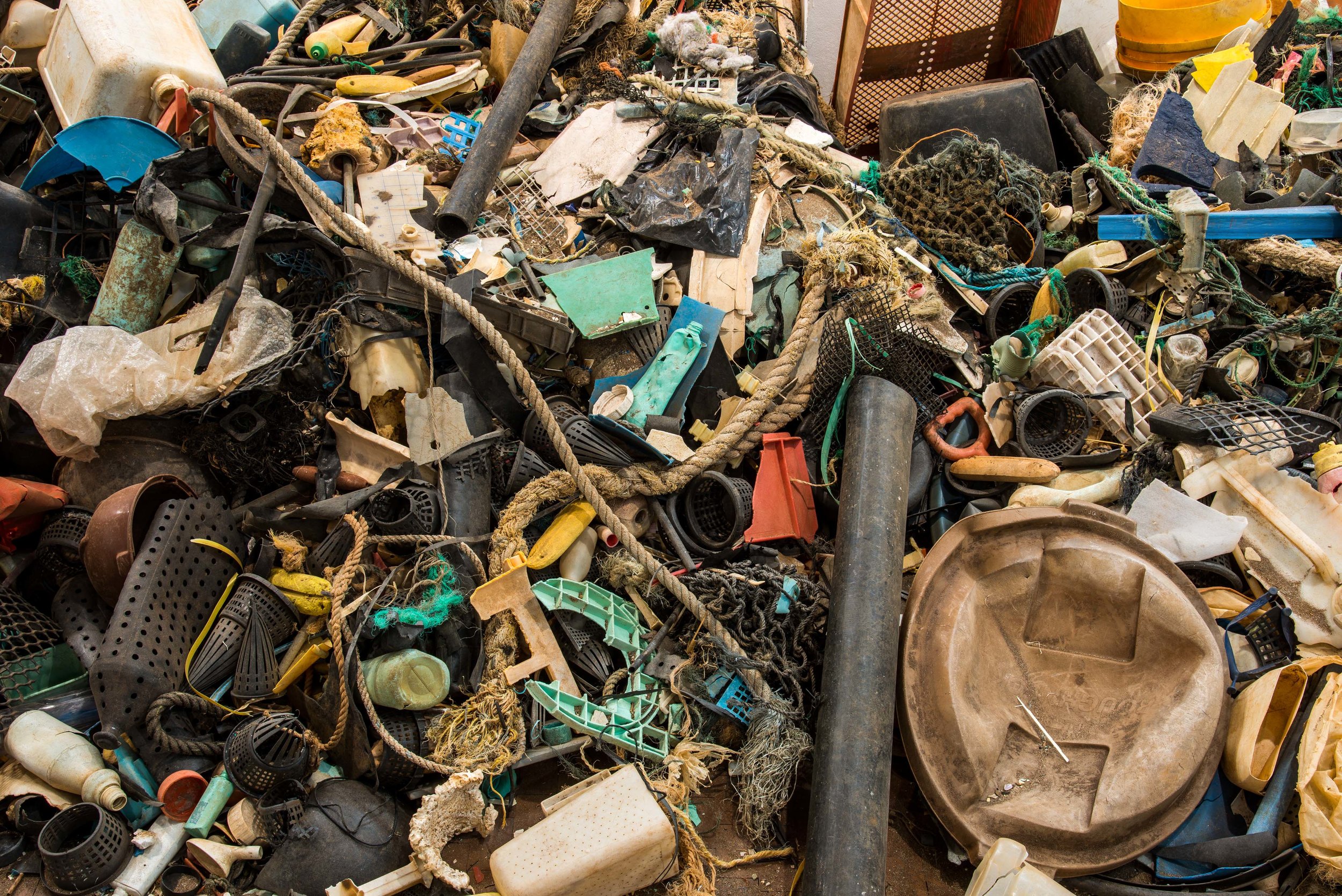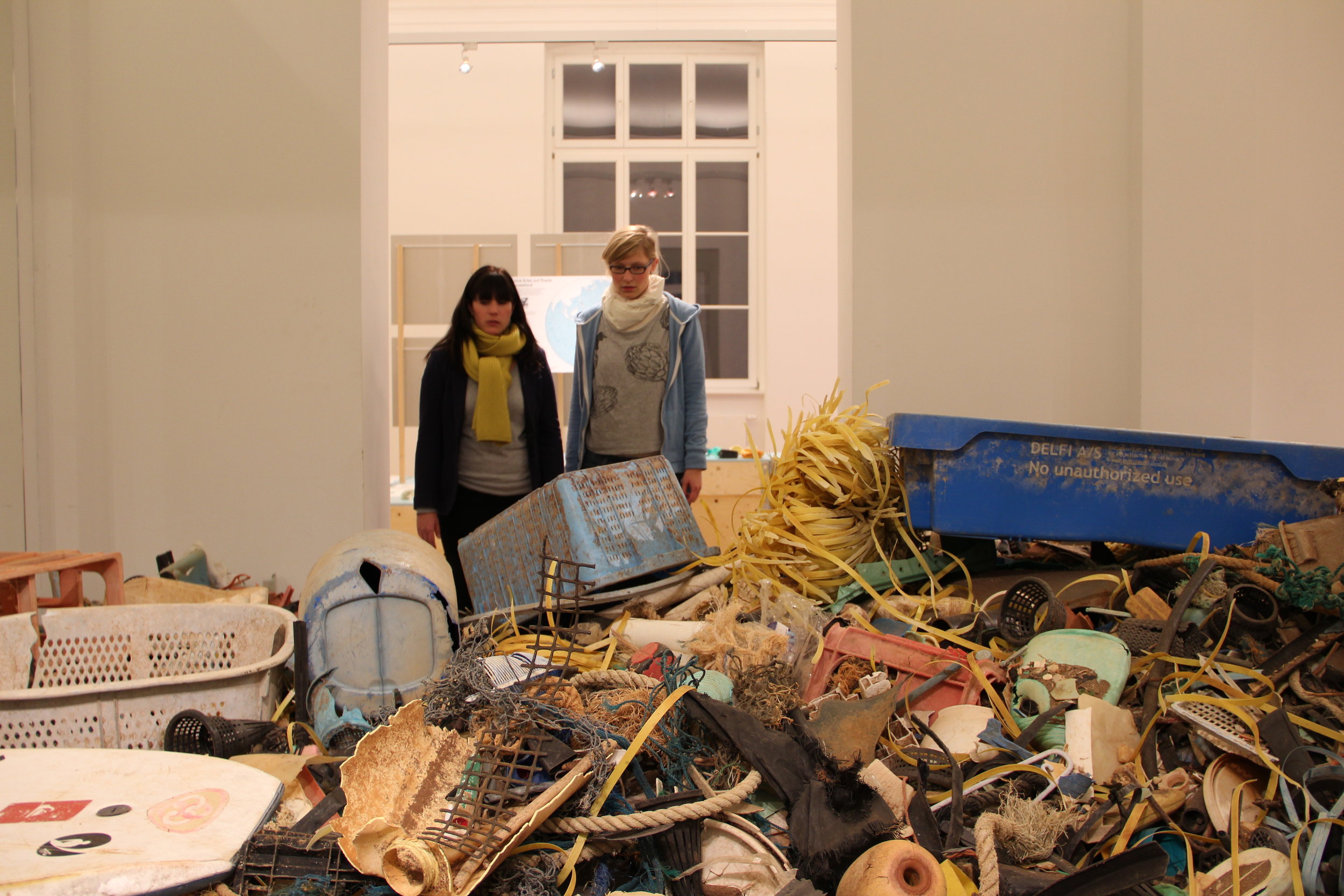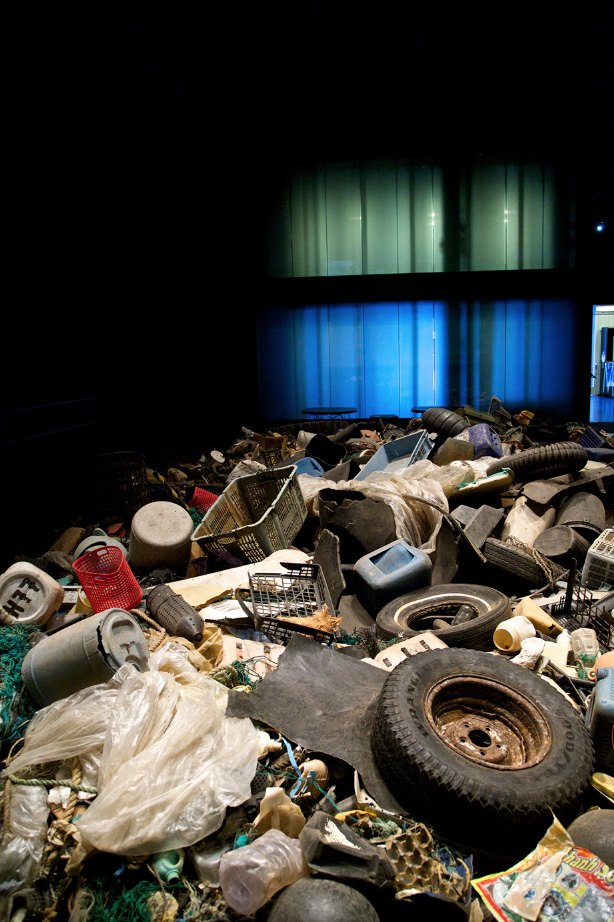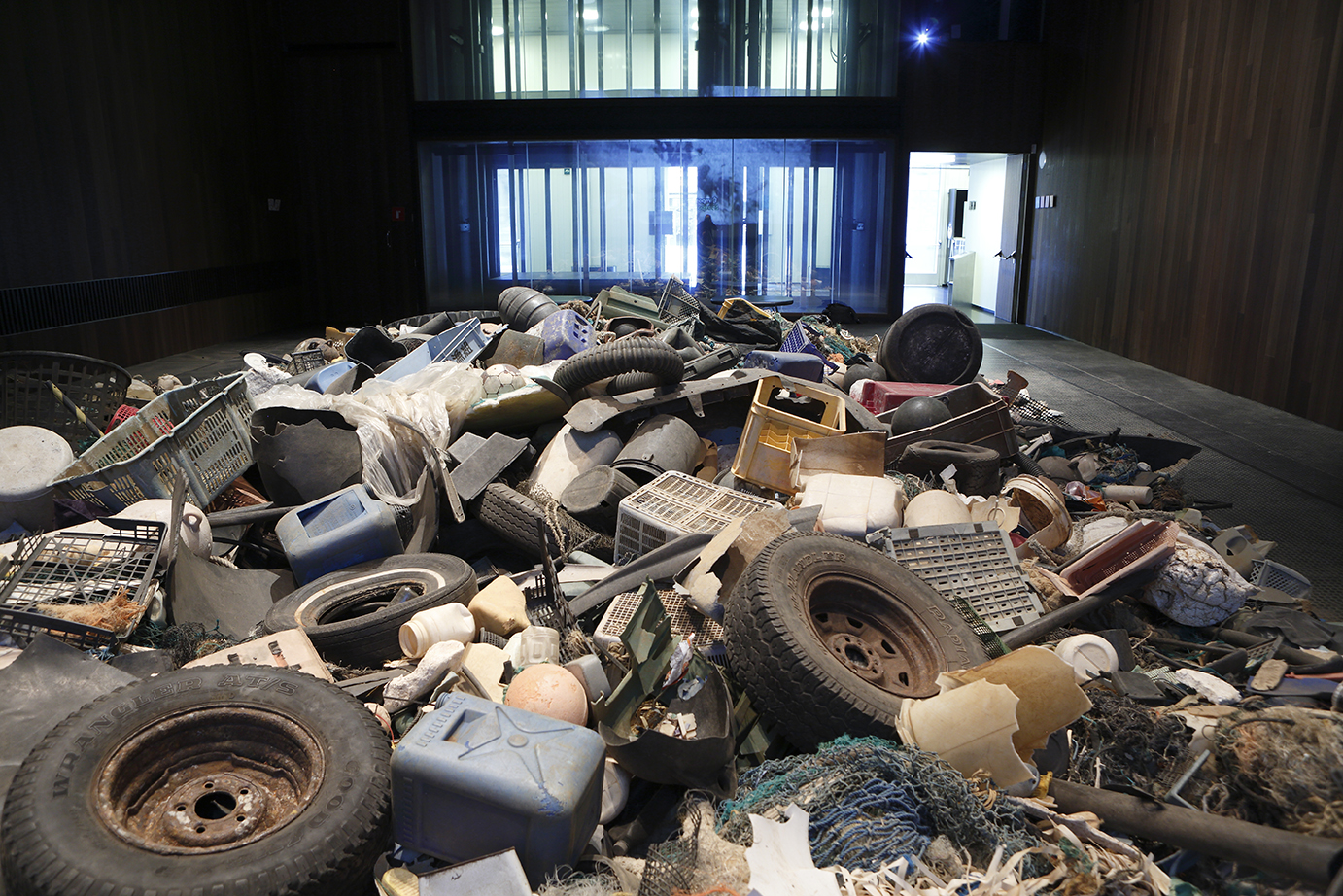
Plastic: A Material for Eternity?
Since the start of the twentieth century, this petroleum-based material has blazed a triumphant trail through the world of consumption. It is economical, simple to process, and can be given almost any required quality. Today, throughout the world 300,000,000 kilograms (300,000 metric tons) of plastics are produced every year. But what happens to a plastic product at the end of its life cycle?
Ever since mass-produced plastic products have made our lives easier, the sea has gradually begun to change into a gigantic soup of plastic—every year more than 8–12 million metric tons of garbage reach the oceans.
Most of it comes from mismanaged waste from land. Population size and quality of waste management, especially in coastal regions, are crucial factors in the disastrous contribution to the stream of plastic garbage in the sea. A large part reaches the ocean via rivers. But ships and the fishing industry are also a huge source of plastic garbage littering.The majority of plastic waste sinks to the floor of the sea, 15 percent moves around the surface, and a further 15 percent is stranded at some time or another on the coastline.
As standard plastic is not biodegradable, these pieces are broken up into ever-smaller pieces and end up in the sediment. If they do not settle there or are frozen into the arctic ice, they might very well be consumed by plankton and enter the food chain. And so the garbage ends up on our plates, with serious consequences for our health. Already today there is not a single square kilometer of seawater that is free of plastic particles.
The center of the exhibition and symbol of the ecological catastrophe is an installation consisting of plastic flotsam from various oceans, above all from Hawaii. From the pieces shown visitors can trace the origins, life cycle, sense, and senselessness of plastic products. Alongside puzzling objects from the fishing industry, you can find remnants of familiar everyday objects that show clear signs of having drifted around in salt water, as well as traces of encounters with sea creatures. The installation is also a visualization of the amount of plastic released into the ocean every ten seconds.
A large section of the exhibition shows the background to the problem and the fatal impact on the seas, animals, and human beings. In another section, the most commonly used plastics are presented and questions such as usage, health hazards, microplastic, or bioplastics are examined more closely. Ideas about solutions to the crisis, namely recovery, reduction, reuse, and recycling, are presented in another section. Accompanying a presentation of major players in the fight against marine debris, this section is designed to encourage visitors to take action.




